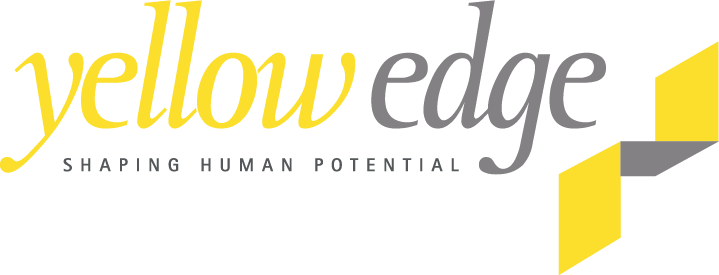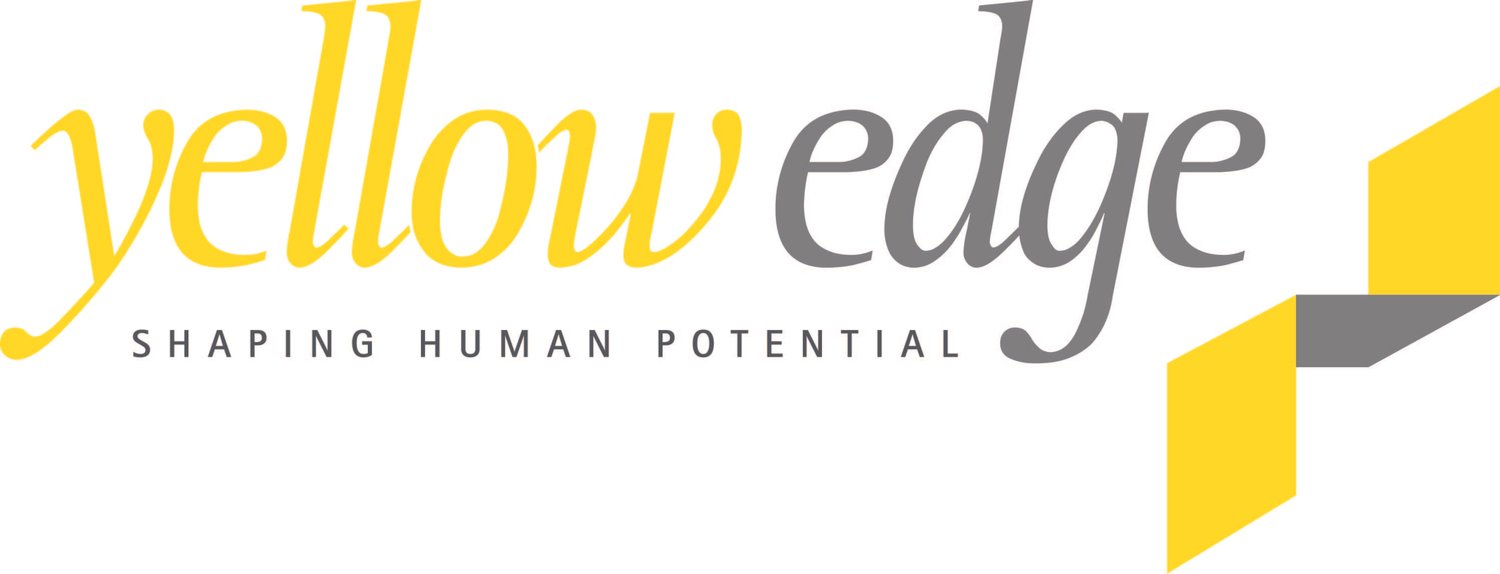61. Questions are for curiosity; Answers are for influence
by Brooke Anderson and Dr Brian Glibkowski
As we have seen throughout the COVID pandemic, leaders are being asked a lot of questions.
Why do staff need to come back into the office?
What role can managers play in supporting staff wellbeing?
How can we help remote and hybrid teams work effectively?
These questions can sometimes be confronting and challenging. Employees are seeking not just knowledge, but greater certainty, clarity, and reassurance in relation to the work they do, how they do it and the impact they are having with their stakeholders and communities.
There is a real risk in the current climate that we place more emphasis on asking questions than we do providing effective answers. When we downplay our answers, mis-interpret what’s being asked or simply ignore the question we are losing a valuable opportunity to engage, motivate and influence our audience.
Leadership, as we all know is all about effective communication. Every day leaders need to explain, reassure, educate, emotionally connect, and support those around them. To be an effective leader, we need to focus on how we answer important questions. When we think about our answers to important questions, we gain an appreciation for the reasons why others ask questions. When we reflect upon answers, we ask better questions ourselves.
To provide the answers that employees, stakeholders, communities, and citizens alike need and deserve, leaders must recognise that answering questions is both an art and science, more importantly it’s a skill which we can all learn and develop.
The Answer Intelligence (AQ) Framework, developed by Dr Brian Glibkowski, provides an easy and practical communication framework for leaders elevate their answers to important questions.
At its core, AQ helps us to structure and strengthen our answers to important questions. It does this by mapping the five question types to the six answer types. The circumplex below also shows us how, through their proximity, certain answer types can work together to complement and support each other.
Think of AQ as a set a golf clubs. A driver is designed for long distances, and a putter for short distances on a smooth grass surface. In similar terms, each AQ answer is designed to appeal to different questions. Picking the right club is like picking the right answer and is important to success or failure.
AnswerIntelligence (AQ) Model
Simply knowing there are six answer types we can use to answer – theory, story, metaphor, action, procedure, and concept - is an advantage. Being able to use these answer types and will encourage leaders to think about the answers they give and to be more authentic and helpful when it comes to sharing their knowledge.
There is no magical wand which can be waved which will instantaneously turn us into excellent communicators. Like anything, being able to provide answers which explain, reassure, and connect requires investment of one’s time. It does however give us hope that we all have the potential to achieve the celestial goal of going from novice to expert communicator, or at least achieve the more terrestrial, but still laudable, goal of step-by-step improvement.
What leaders can do to provide better answers.
Use these four tips to prepare for and participate in your next important conversation:
Recognise the question. There are three primary question types (why, what, how) and it is important to recognise which question is being asked before you provide an answer. The questioner may not always use the words why, what, or how. Your first job is to interpret the question – what are they really asking?
Six possible answer types. The biggest advantage is in knowing that there are six ways to answer a question - a theory, a story, a metaphor, an action, a procedure, and a concept. Each answer type can be mapped to a question. The why-question is answered with theory and story. The what-question is answered with concepts and metaphors. The how-question is answered with procedures and actions.
Natural answer preferences. How do you typically answer questions? Do you like telling stories every chance you get, or do you tend to provide instructions and specific actions, maybe however you talk in theories and concepts given their objective, codifiable, and testable nature. Think about your answer style and those who you communicate often with. Think how you could apply different answer types.
It’s a skill we can all learn. Start by building your bank of stories; build or borrow metaphors, read up on leadership and performance theories and concepts which they can share with their teams.
Published July 2022
Brooke Anderson is Consulting Manager at Yellow Edge, a leadership development company focused on shaping human potential. She is also an accredited practitioner of AnswerIntelligence
Dr. Brian Glibkowski is a professor, researcher, and creator of the Answer Intelligence (AQ) model. AQ models the ability to provide the right answers, as a capability all communicators and change agents can harness to exert more influence on the world around them.
Yellow Edge is a local, privately owned Canberra based consulting company focused on helping individuals, teams and organisations to achieve high performance. Yellow Edge is a certified BCorp. BCorp companies make decisions that make a positive impact on their employees, customers, suppliers, community, and the environment. https://www.bcorporation.com.au/
Cover illustration: The Starry Night, Vincent van Gogh


